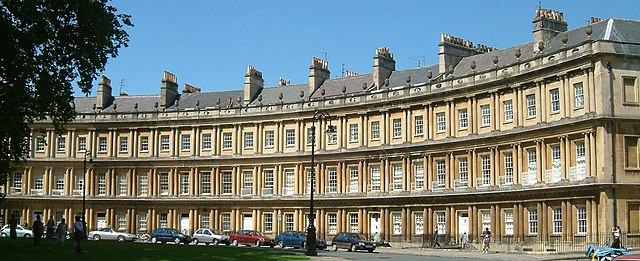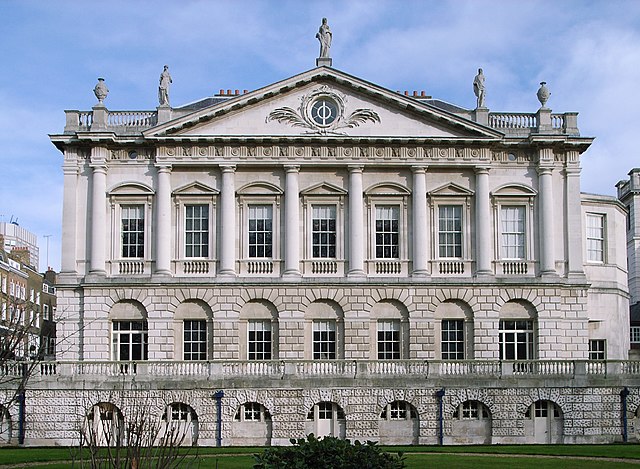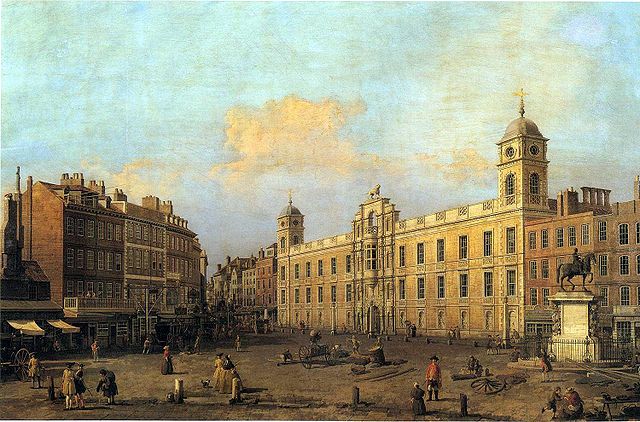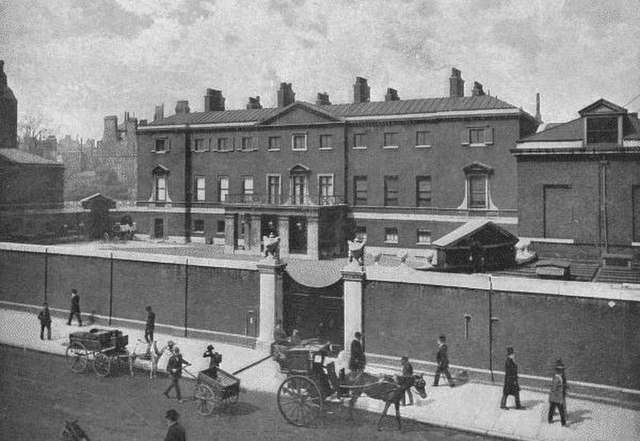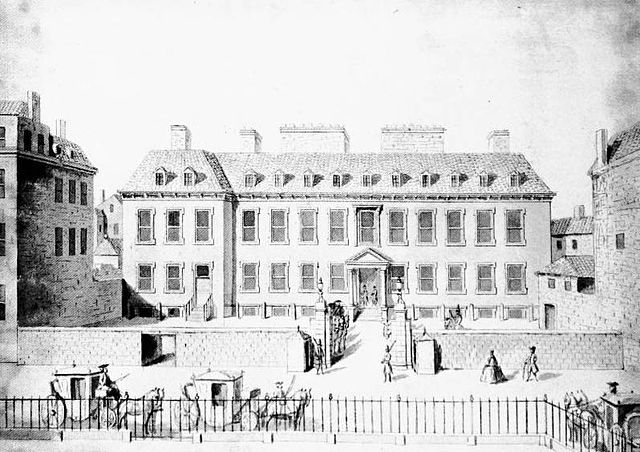Terraced houses in the United Kingdom
Terraced houses have been popular in the United Kingdom, particularly England and Wales, since the 17th century. They were originally built as desirable properties, such as the townhouses for the nobility around Regent's Park in central London, and the Georgian architecture that defines the World Heritage Site of Bath.
A row of typical British terraced houses in Manchester
The Circus at Bath is a classic example of a Georgian terrace.
Early 19th-century terraced houses near Waterloo, London
Many terraced houses were built in the Rhondda in the mid to late 19th century, as they could accommodate migrants within the mountainous landscape.
Townhouse (Great Britain)
In British usage, the term townhouse originally referred to the opulent town or city residence of a member of the nobility or gentry, as opposed to their country seat, generally known as a country house or, colloquially, for the larger ones, stately home. The grandest of the London townhouses were stand-alone buildings, but many were terraced buildings.
Spencer House in St James's, London, one of the last surviving true townhouses still owned by the noble family that built it, the Spencers, although it is now generally leased out commercially. The corresponding country house is Althorp in Northamptonshire.
The Strand front of Northumberland House in 1752 by Canaletto, the townhouse of the Dukes of Northumberland. Note the "Percy Lion" atop the central facade.
Devonshire House, Piccadilly, in 1896
Leicester House on Leicester Fields, 1748


